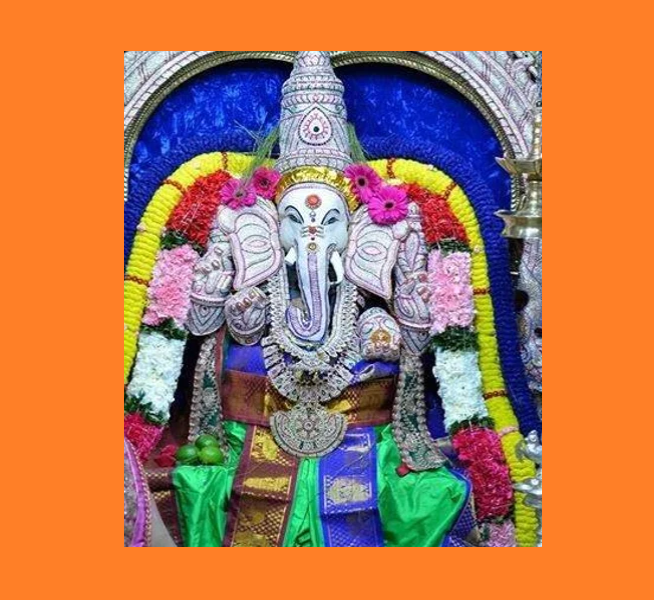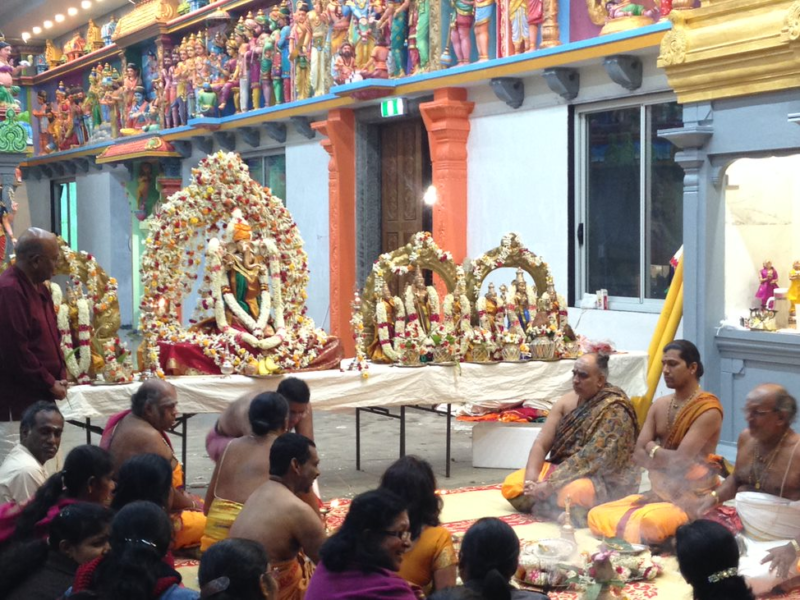Table of Contents
Toggle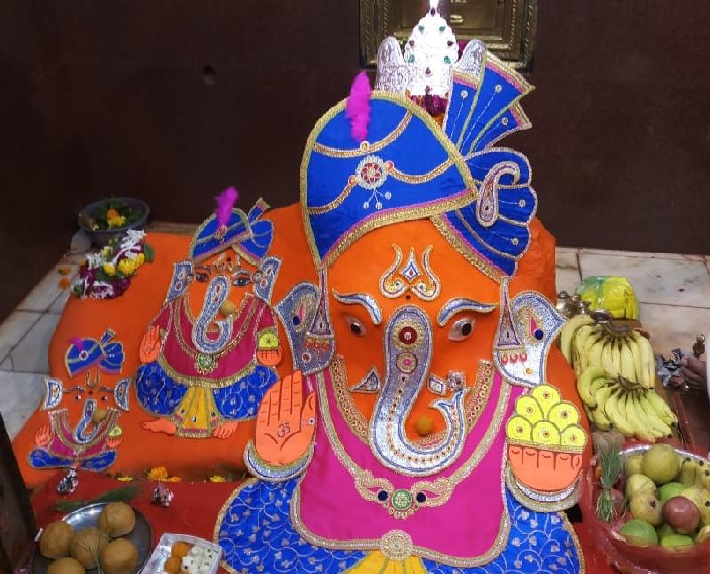
Know some history of Chintaman Ganesh Temple
The Chintaman Ganesh Temple in Ujjain dates back to ancient times and is steeped in mythology and legend. While there isn’t a definitive historical record of the temple’s construction, it is believed to have a long and significant past. The temple’s existence has been mentioned in various ancient Hindu scriptures and texts, which further adds to its historical importance.
The temple is dedicated to Lord Ganesha, the elephant-headed Hindu deity who is widely worshipped as the god of wisdom and the remover of obstacles. The name “Chintaman” is derived from the combination of two Sanskrit words: “Chinta,” meaning worry or anxiety, and “Man,” meaning mind. Thus, the temple is often referred to as the “Chintaman Ganesh Temple,” where devotees believe that Lord Ganesha can alleviate their worries and grant them peace of mind.
One of the most fascinating aspects of the temple is the belief that the idol of Lord Ganesha within the temple is swayambhu, meaning it is self-manifested and not crafted by human hands. Such swayambhu idols are considered highly sacred in Hinduism, and the belief in their divine origin adds to the temple’s spiritual significance.
Ujjain itself is an ancient city with a rich history dating back to the time of the Mauryan Empire (around 4th century BCE) and has been an important cultural and religious center for Hinduism. It is also one of the four cities where the Kumbh Mela, a massive Hindu pilgrimage and festival, takes place on a rotating basis.
Over the centuries, the Chintaman Ganesh Temple has likely undergone renovations and reconstructions to maintain its sanctity and architectural beauty. The temple’s architecture showcases traditional Hindu design elements, and the carvings and sculptures on the temple walls reflect the skilled craftsmanship of the artisans from different eras.
Throughout its history, the Chintaman Ganesh Temple has remained a revered pilgrimage site, attracting devotees from various parts of India and beyond. It continues to hold religious and cultural significance, making it a vital part of Ujjain’s heritage and an essential place of worship for followers of Hinduism.
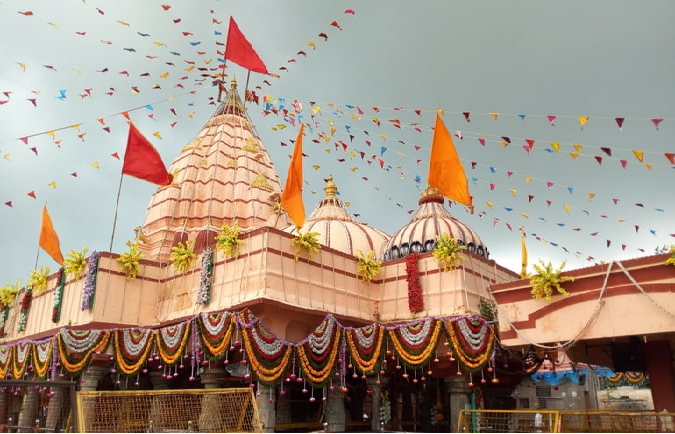
About Chintaman Ganesh Temple
Chintaman Ganesh Temple is a renowned Hindu temple located in Ujjain, Madhya Pradesh, India. Ujjain is a historical city with deep religious significance, and the Chintaman Ganesh Temple is one of its important religious landmarks. The temple is dedicated to Lord Ganesha, who is revered as the remover of obstacles and the god of wisdom in Hinduism.
Key features of the Chintaman Ganesh Temple:
Architecture: The temple showcases traditional Hindu architecture, with intricate carvings and sculptures adorning its walls and pillars.
Deity: The main deity of the temple is Lord Ganesha, depicted in a sitting posture. The idol is believed to be swayambhu, which means it is self-manifested and not sculpted by human hands.
Religious Significance: The temple holds immense religious significance for devotees, who visit to seek Lord Ganesha’s blessings for success, prosperity, and the removal of obstacles in their lives.
Location: The Chintaman Ganesh Temple is situated on the banks of the Shipra River, adding to its serene and spiritual ambiance.
Festivals: The temple attracts a large number of devotees during various festivals, with Ganesh Chaturthi being the most prominent. During this time, elaborate celebrations and rituals take place at the temple.
As with any religious site, it’s essential to be respectful of local customs and traditions when visiting the Chintaman Ganesh Temple. The temple is open to people of all faiths who wish to experience the spiritual atmosphere and pay their respects to Lord Ganesha.
Visitng Timing of Temple
As of my last knowledge update in September 2021, the timing of the Chintaman Ganesh Temple in Ujjain was as follows:
Morning Timing:
- The temple opens early in the morning, usually around 5:30 AM.
Evening Timing:
- The temple closes in the evening, generally around 10:00 PM.
Please note that temple timings may be subject to change, so it is always a good idea to verify the current timings before planning your visit. You can check with the local authorities, visit the temple’s official website if available, or ask locals or hotel staff for the most up-to-date information on the Chintaman Ganesh Temple’s opening and closing timings.
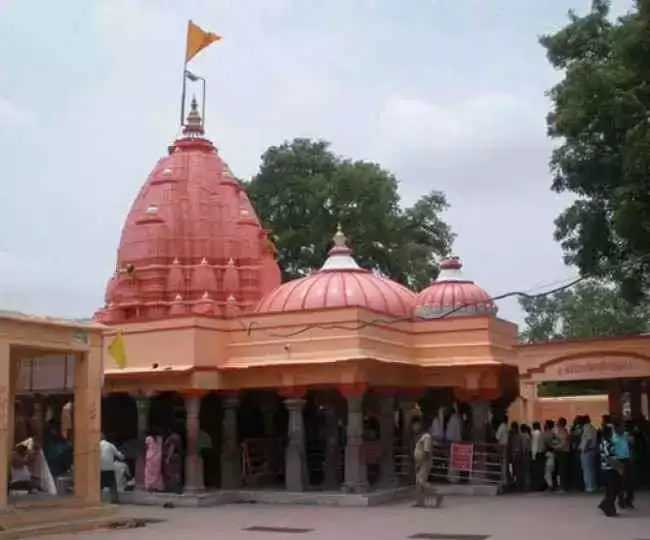
How to visit Chintaman Ganesh Temple Ujjain
To reach the Chintaman Ganesh Temple in Ujjain, you can follow these instructions:
By Air: The nearest airport to Ujjain is the Devi Ahilya Bai Holkar Airport in Indore, which is approximately 55 kilometers away. From the airport, you can hire a taxi or take a bus to Ujjain.
By Train: Ujjain is well-connected by rail to major cities in India. Ujjain Junction is the main railway station in the city. There are regular trains from cities like Delhi, Mumbai, Kolkata, Jaipur, and Ahmedabad that run to Ujjain. Once you reach the Ujjain railway station, you can take an auto-rickshaw, taxi, or local transport to reach the Chintaman Ganesh Temple.
By Road: Ujjain has a good road network, and you can easily reach the city by road from various cities in Madhya Pradesh and neighboring states. National Highway 52 connects Ujjain to other major cities. If you prefer traveling by bus, there are state-run and private buses that operate regular services to Ujjain. From the Ujjain bus stand, you can hire an auto-rickshaw or taxi to reach the temple.
Local Transportation: Once you are in Ujjain, you can use local transportation options like auto-rickshaws, cycle-rickshaws, and taxis to reach the Chintaman Ganesh Temple. It’s a well-known religious site, so most local drivers will be familiar with the location.
The Chintaman Ganesh Temple is located on the banks of the Shipra River in Ujjain, so it is relatively easy to find. Many devotees and tourists visit this temple regularly, making it a well-known landmark in the city. It’s recommended to plan your visit during a time when the temple is not too crowded to have a peaceful and spiritual experience.
Other Near by location to visit
Ujjain is a city with a rich cultural and religious heritage, and there are several other important places to visit near the Chintaman Ganesh Temple. Here are some popular locations you can explore:
Mahakaleshwar Temple: This is one of the twelve Jyotirlingas (sacred shrines dedicated to Lord Shiva) in India and is located in Ujjain itself. The temple is famous for its unique lingam, which is believed to be self-manifested and is considered highly sacred by Hindus.
Kal Bhairav Temple: Situated near the Mahakaleshwar Temple, this temple is dedicated to Lord Bhairav, an incarnation of Lord Shiva. It is believed to be one of the fiercest forms of Lord Shiva.
Sandipani Ashram: This ancient ashram is associated with the story of Lord Krishna’s education and training under Guru Sandipani. It is located around 5 kilometers from the Chintaman Ganesh Temple.
Harsiddhi Temple: This temple is dedicated to Goddess Harsiddhi, another manifestation of Goddess Durga. It is one of the Shaktipeeths (sacred shrines) in India and is believed to fulfill the desires of devotees.
Kalideh Palace: Situated on the banks of the Shipra River, this palace is associated with the famous poet Kalidas, who is believed to have written many of his works here.
Vikram Kirti Mandir: This museum is dedicated to the memory of King Vikramaditya, a legendary ruler of ancient India. It houses various artifacts, sculptures, and exhibits related to the history and culture of the region.
Ram Ghat: Located on the banks of the Shipra River, this ghat is one of the most significant bathing ghats in Ujjain. It is a popular spot for taking holy dips and participating in religious rituals.
Bade Ganeshji Ka Mandir: This temple houses one of the largest idols of Lord Ganesha in India and is located near the Ram Ghat.
Mangalnath Temple: Situated atop a hill, this temple is dedicated to Lord Mangal (Mars), and it is considered an auspicious place for astrological studies.
These are just a few examples of the many fascinating places you can explore near the Chintaman Ganesh Temple in Ujjain. The city is filled with historical and spiritual landmarks, making it a delightful destination for travelers interested in culture, religion, and history.
